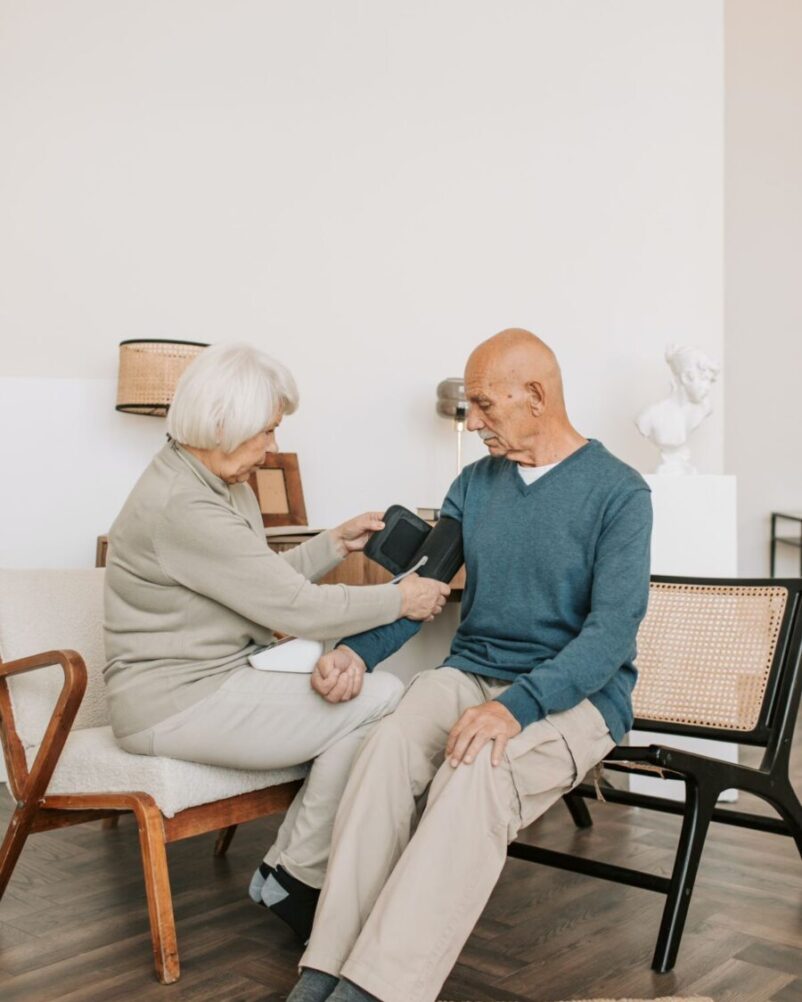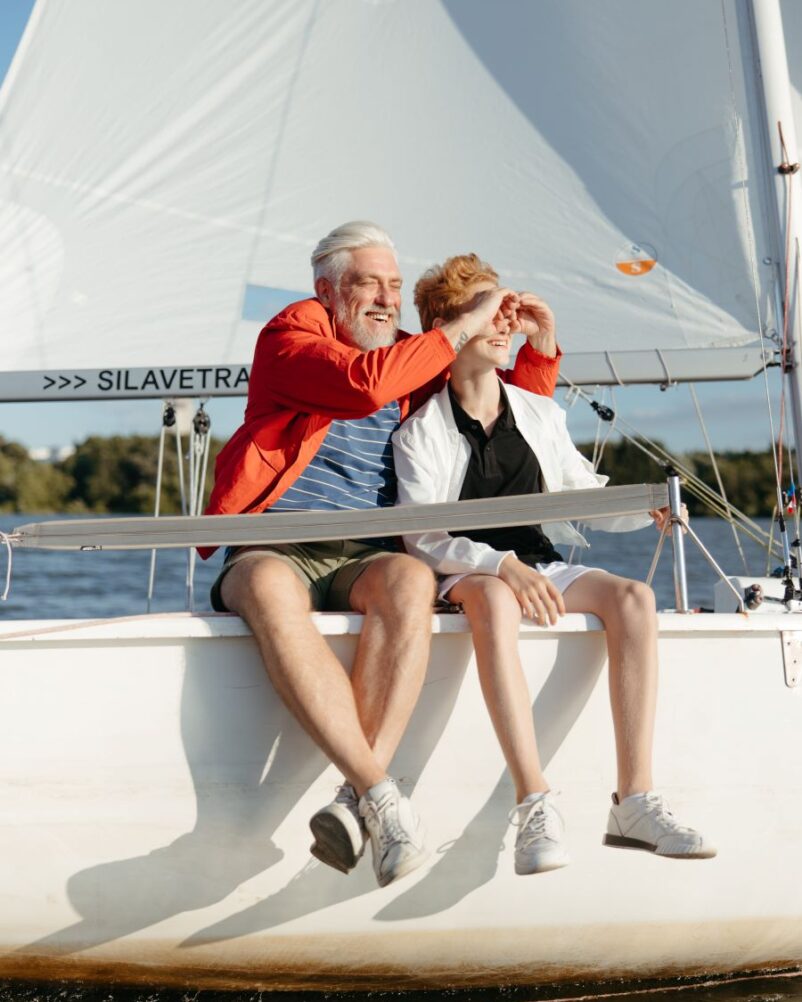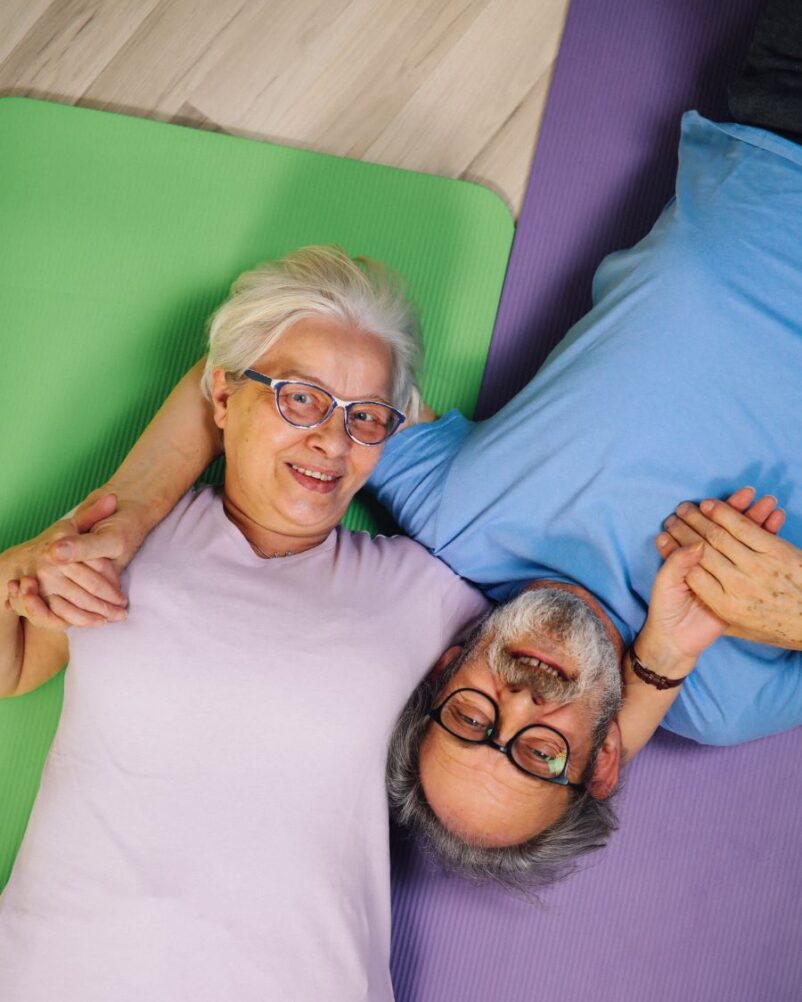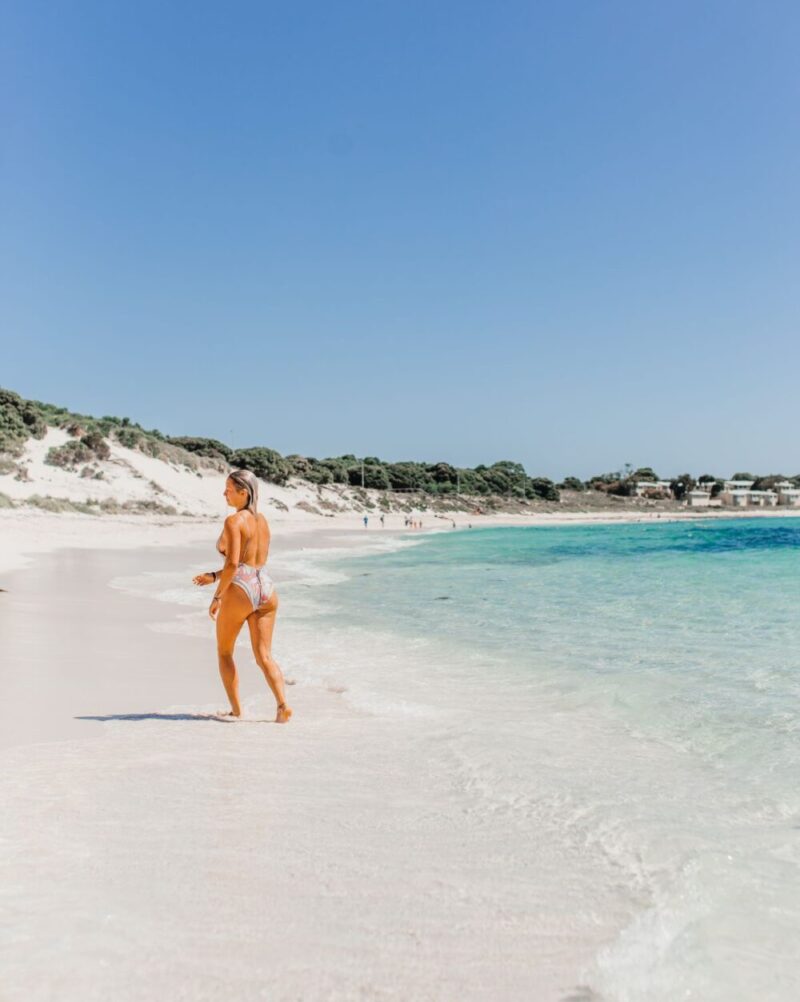
Some of my fondest teen memories involved the thrill of driving with friends to a nearby lake, where we spent all afternoon laying out on a hot beach and soaking up the sun … without a care in the world.
We were blissfully unaware of the harmful effect’s of the sun’s ultraviolet rays and never considered the notion of sunscreen or the possible combination of skin cancer and aging later. In addition, we naively tried some crazy experiments that were popular in my youth to promote that “golden tan.”
We sprayed a mixture of iodine and water directly onto our skin and even rubbed Crisco or butter on parts we wanted to be sure to get ultra brown. For those of you old enough to remember, we even applied lemon juice or the product Sun-In directly onto our hair to acquire the sun-kissed look.
Sadly for me, that product back in the late 1970s resulted in an orangish cast to my dirty-blonde hair. But youth has no reasoning, it seems, and I basked in the warmth and naivety of being a true sun goddess. I never once thought down the road about the idea of skin cancer and aging.
My love affair with the sun and quest for its bronze glow took me through years of adventures as an outdoor lifeguard and swim instructor followed by a decade or more of laying out on the sun pad of a boat every summer.
When work got in the way of leisurely days, I used sunbeds. I felt having that tan look made me look and feel healthier. Little did I know about the dark side of skin cancer and aging…
Flash forward 40 years, when the carefree, unprotected skin of my youth caught up to me. In 2021, I had a dull ache develop from an almost invisible bump in my eyebrow. I had never been to a dermatologist, so had to find one to get checked out.
I was pretty confident it was nothing, even when a biopsy was ordered. I was lucky in that it was a squamous cell carcinoma, and one that required Moh’s surgery to remove. At the same time the doctor found several basal cell carcinomas as well.
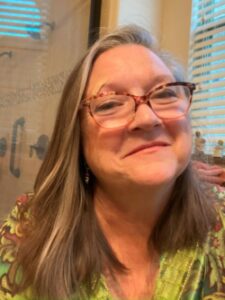
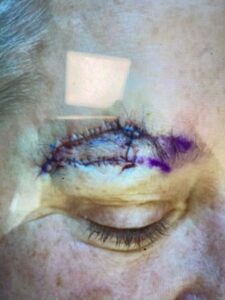
My journey with skin cancer and aging and subsequent every six-month checkups and had begun.
Skin Cancers and Aging: What We Should Know
There are several types of skin cancers, and these affect all ages. But the correlation of skin cancers and aging should be of particular interest for seniors.
In general, there are three types of skin cancers: basal cell carcinoma (BCC), squamous cell carcinoma (SCC), and melanoma. BCC is the most common form of skin cancer and typically appears as a pearly or waxy bump on the skin. It usually develops on areas that are frequently exposed to the sun, such as the face, neck, and hands.
SCC is another type of skin cancer commonly found, and in particular with seniors. It often presents as a scaly or crusted patch on the skin, which may bleed easily if scratched or irritated.
SCC tends to occur on sun-exposed areas like the face, scalp, ears, and hands. Melanoma is considered the most aggressive form of skin cancer and can be life-threatening if not detected early. It often starts as an irregularly shaped mole with various colors or sizes but can also develop from normal-looking skin. It is a skin cancer and aging combination that you don’t want.
For those of us now in the age 55-plus group, we were undoubtedly all indoctrinated to a culture fascination with tanning. It stems from an age-old desire for beauty and youthfulness associated with sun-kissed skin.
I remember seeing photos of the crowds of over-age 55 groups who migrated to Florida after finding the allure of sun and sea too enticing to pass up. Their skin was often quite tan, with many showing signs of extreme wrinkling and aging. But they sure seemed happy.
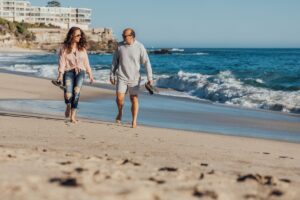 The influence of these societal norms is what causes skin cancer and aging to be prevalent in our age groups today. Thankfully, for generations going forward, the desire for golden tans has diminished, as people now pay better attention to their skin health. For those still wanting the look of a tan, spray tans seem to be the safer approach.
The influence of these societal norms is what causes skin cancer and aging to be prevalent in our age groups today. Thankfully, for generations going forward, the desire for golden tans has diminished, as people now pay better attention to their skin health. For those still wanting the look of a tan, spray tans seem to be the safer approach.
Too Little, Too Late To Prevent Sun Damage
Beyond the reality that most of us over-55ers didn’t properly protect our skin against the ravages of the sun, the truth is that as individuals age, their skin becomes more vulnerable to the harmful effects of the sun’s rays.
Aging leads to changes in the skin, such as thinning and decreased elasticity, making it more susceptible to damage from UV radiation. Additionally, the considerable amount of time exposed to the sun throughout a person’s life without proper protection further increases the risk.
Over time, UV radiation from the sun damages the DNA in skin cells, leading to mutations that can potentially result in skin cancer. Seniors who have spent a significant amount of time outdoors without proper protection—like me—are particularly vulnerable to this risk.
In addition, as people age, their immune system weakens, making it more difficult for the body to repair damaged DNA and eliminate abnormal cells. Older adults may have accumulated a greater number of genetic mutations throughout their lifetime due to exposure to environmental factors like sunlight or other carcinogens. So basically, the error of our ways from our youth catches up to us in the form of skin cancer and aging.
As my dermatologist so aptly put it, the damage was done. She said “Unfortunately, your golden years will now include lots of time with me as you are now at high risk of skin cancer and aging.”
Certain factors unique to seniors also contribute to this dangerous condition. For instance, limited mobility or physical ailments may restrict outdoor activities for some older adults. As a result, they might spend more time indoors with less exposure to natural light and vitamin D production while also missing opportunities for exercise and socialization. These combined factors can lead to a lack of awareness or vigilance about sun protection measures like wearing sunscreen or protective clothing when they do venture outside.
Skin Cancer and Aging Risk factors
One of the most common risk factors of developing skin cancer is fair skin. Aging causes a decrease in melanin production, leading to lighter and more vulnerable skin that is prone to sun damage. Fair-skinned individuals have a lower concentration of melanin, which provides less protection against harmful UV rays.
In addition to fair skin, family history plays a crucial role in determining an individual’s susceptibility to skin cancer. Seniors with close relatives who have had skin cancer are at a higher risk themselves. This can be attributed to inherited genetic mutations that make them more vulnerable to the disease.
Another significant risk factor for seniors is a history of sunburns. Sunburns indicate overexposure to UV radiation and suggest that the individual has not taken adequate precautions when exposed to the sun’s harmful rays. The cumulative effects of multiple sunburns over time significantly increase the likelihood of developing skin cancer in later years.
Another unfortunate sign of my age was that we laughed off sunburns and showed off our tan lines. Skin cancer and aging was the furthest thought as we waited for our skin to peel and then to repeat the process multiple times each summer.
Symptoms: Changes in Moles, Non-Healing Sores
As individuals age, it becomes crucial to pay attention to any changes in moles and the presence of non-healing sores on the skin that could be tied to skin cancer and aging.
These symptoms can potentially indicate the development of skin cancer, a condition that becomes more common as people get older. Moles are often harmless, but any alterations in their size, color, or shape should be closely monitored. If a mole starts to itch, bleed or become painful, it is essential to seek medical attention.
Non-healing sores are another alarming symptom that seniors should be aware of when it comes to skin cancer. Such sores may appear as open wounds or ulcers that do not heal despite proper care and time. They are typically found on areas exposed to the sun’s rays, such as the face, arms, and legs. Seniors need to understand that these symptoms could potentially be indications of skin cancer and should not be ignored or dismissed.
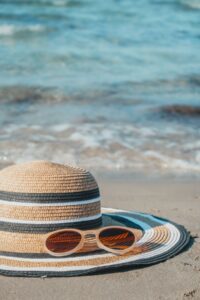 Regular self-examinations of the skin can help detect any changes in moles or the presence of non-healing sores promptly. It is also advisable for seniors to visit a dermatologist regularly for comprehensive screenings and professional evaluation.
Regular self-examinations of the skin can help detect any changes in moles or the presence of non-healing sores promptly. It is also advisable for seniors to visit a dermatologist regularly for comprehensive screenings and professional evaluation.
By staying vigilant about these symptoms and seeking timely medical attention if necessary, seniors can take proactive measures towards early detection and successful treatment of potential skin cancer cases.
Prevention: Sunscreen, Protective Clothing, Regular Check-Ups
Prevention strategies such as wearing sunscreen and protective clothing are crucial in reducing the risk of developing skin cancer. Sunscreen with a high SPF should be applied generously to all exposed areas of the body before going outdoors, regardless of the weather conditions.
It is essential to reapply sunscreen every two hours and after swimming or excessive sweating to maintain its effectiveness.
In addition to sunscreen, seniors should consider wearing protective clothing that covers their skin from harmful UV rays. This includes long-sleeved shirts, wide-brimmed hats, and sunglasses that offer UV protection.
These measures help shield vulnerable areas like the face, neck, arms, and hands from direct sunlight. By incorporating these practices into their daily routine, seniors can significantly reduce their chances of developing skin cancer.
Regular check-ups are also vital in preventing risks of skin cancer and aging. Seniors should make it a priority to schedule routine appointments with dermatologists who specialize in skin health. During these visits, dermatologists can perform thorough examinations and identify any suspicious moles or growths that may require further evaluation or treatment.
Early detection plays a critical role in successfully treating skin cancer, making regular check-ups an invaluable preventative measure for seniors at risk.
Skin Cancer and Aging Treatment Options
Seniors diagnosed with skin cancer have various treatment options available to them, including surgery, radiation therapy, and immunotherapy.
Surgery is a common approach in treating skin cancer, especially for localized tumors. This procedure involves the removal of cancerous cells or tumors from the affected area. Depending on the extent of the cancer and its location, different surgical techniques may be used, such as excisional surgery or Mohs micrographic surgery.
Radiation therapy is another viable option associated with skin cancer and aging. It uses high-energy X-rays or other types of radiation to kill cancer cells or inhibit their growth.
This treatment can be particularly useful when surgery is not possible due to factors like tumor size or location. Radiation therapy can be administered externally by directing radiation beams at the affected area or internally through radioactive substances placed near the tumor.
Immunotherapy has emerged as a promising treatment option for seniors with advanced stages of skin cancer. This approach harnesses the patient’s immune system to fight against cancer cells by stimulating an immune response.
Immunotherapy drugs known as checkpoint inhibitors are commonly used in treating advanced melanoma and other types of skin cancers. These medications work by blocking proteins that prevent immune cells from attacking cancer cells, thereby boosting the body’s natural defense against the disease.
Skin Cancer and Aging: Early Detection and Prevention Strategies
Take it from me, early detection and prevention strategies are of utmost importance when it comes to skin cancer and aging. The elderly population is particularly vulnerable to this type of cancer due to their aging skin, weakened immune system, and prolonged sun exposure throughout their lives.
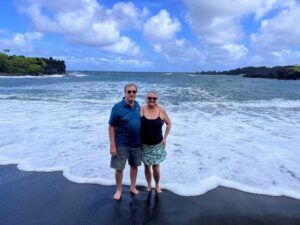
By implementing early detection methods such as regular skin screenings and self-examinations, healthcare professionals can identify any suspicious moles or lesions at an early stage when they are most treatable. I may have to get spots burned off and biopsies ent off every year (so does my husband, by the way), but the result is that we are healthy and aging gracefully … and plan to remain that way.
I may not be the sun goddess of the past, but I am glowing with better and happier skin and health overall! Now, I just invest in some good ol’ skin cream and try to rub my years away!
Written by
Robin McClure
Robin is the author of 7 parenting books and has 3 grown children, 3 spoiled rescue dogs, and a very understanding husband. She holds a bachelor's degree in journalism and a master's degree in communications, and spends her time writing, drinking coffee, and planning the next grand adventure.

